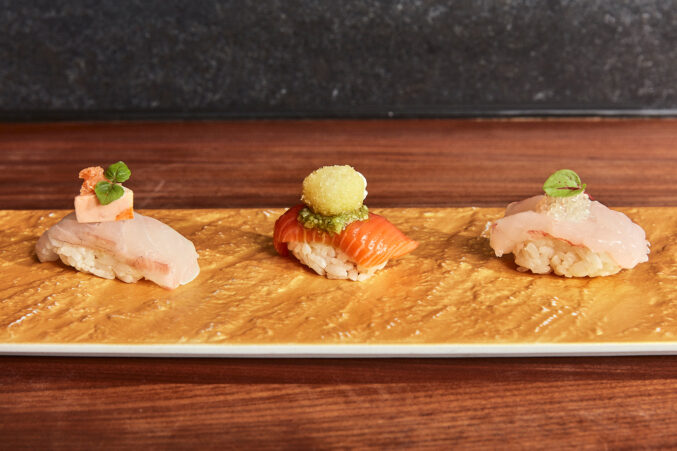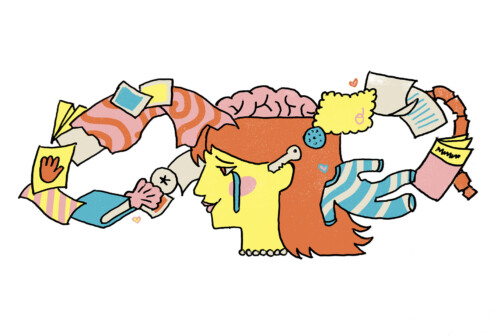Later today, the arts collective Creative Time will release its report on the Dallas arts scene, the product of a year-long inquiry during which the members of Creative Time sought to assess the haves and needs of the Dallas art community. The central question: What would make this city an even more vibrant place for the production and consumption (if I may be so crass) of art?
Among Creative Time’s recommendations is the need to develop and better-engage wider audiences. The question of audiences in the arts is a perennial quagmire, and yet in a region like Dallas-Fort Worth, where our massive total population (fourth largest metropolitan area in the United States) doesn’t seem to correspond with the portion of the population who are arts-interested, it is all the more pressing. How do you turn on the average citizen to the soul-forming, life-radicalizing power of artistic expression?
One of Creative Time’s suggestions is public art, but public art brings up another problem particular to Dallas: in a city where populations mingle and mix primarily by being stuck in traffic together while northbound on Central Expressway, where do you put the public art?
The Chicago Symphony offers a solution. In Sunday’s Chicago Tribune, there is a report about the symphony’s Citizen Musician project. Rather than give you the non-profit executive statement summation of what the Citizen Musician project is, let’s pull a scene from the Tribune article:
An unusually large number of teens were milling about Metra‘s Millennium Station before noon Saturday when one of them started singing the old spiritual “Run Children Run” and was joined by another. And another. And another.
Soon 85 members of the Chicago Children’s Choir were in full voice, performing a South African chant, a Cuban folk song and a classical a cappella tune while seizing the surprised attention of passersby, retail workers and uniformed officers. When Yo-Yo Ma strolled out from the adjacent Starbucks and into the crowd with cello in hand, someone in the audience gasped, “Oh, my goodness!”
The iconic musician promptly corralled the onlookers to stand among the singers to perform the Latin canon “Dona Nobis Pacem” with his accompaniment. The audience and performers had become one.
What the Chicago Symphony accomplishes in this single artistic “interruption” is so simple, and yet utterly profound. It takes its musicians and places them in the street, takes one of the most recognizable forces in contemporary Classical music off the stage and places him in a crowd. It creates an event that is a non-event, a moment in the daily routine that suddenly turns into a euphoric expression of communal interest. And best of all, the performance is utterly impractical. Although the symphony hopes that this event may ultimately create new audience members or season subscribers, it doesn’t really matter if that happens. Whether or not the Chicagoans who encountered this happening decide to pursue further musical experiences is beyond the point. The art happened. It was given away. It was passed from experience into memory, and that unremarkable strip of metro station will now, for those who witnessed the performance, be an empty stage. Life was interrupted.
Life in Dallas life bodes few opportunities for interruption. Car accidents interrupt us. Provocative billboards catch our attention for a few moments. Perhaps we loiter next to a sculpture at North Park while poking out a text message on our phones. But rarely do our institutions, artists, promoters, curators, performers, etc. take their wares into the muck and mire of the day-to-day. We have events, festivals, all-night openings at museums, but all these do is serve those interested enough in what “art” has to offer to be there in the first place. If we are going to really expand the reach of art – expand its reach not because we need to support the institutions and practitioners of art because they exist on a checklist that outlines everything a city needs in order to be a city, but because art plays a significant role in the forming of the individual’s understanding and perception of the world and that it positively shapes civic and communal life – than we need to take art to the street.
We need to take art to Dart stations, to the highways, to the High Five, to the vacant toll booths on the Dallas North Tollway. We need performers on the back of flatbed trucks, dancers on platforms in the center of busy intersections, jazz combos in Target parking lots. We need to create moments in the everyday that are undeniable and unavoidable. If art competes with the awesome power of reality TV for audience attention, then we need to adopt the strategy of guerilla fighters and out-flank the cultural noise. This is the genius of the Cowboys Stadium Art Project — its casual insertion of art into the experience of sport.
The creation of these interruptions can not solely rest on the shoulders of a meager few intrepid and impassioned young artists, but rather, like Chicago, they also need to be staged by the very institutions that represent the impenetrable elitism of artistic activity: the museums, the operas, the symphonies, the theaters.
I don’t know what shape these institutional interruptions should take. Those are the kinds of questions we should put to artists and performers, both from – and not from — Dallas. But we are about to embark –yet again – in another episode of Dallas’ continual (and exasperating) artistic self-reflection. We can’t let that conversation merely inspire more conversation. Dallas hungers for unsafe action. We must cast out the demons of our prudish past. Action must be radical.
Photo: A metro performance (via wikicommons)






